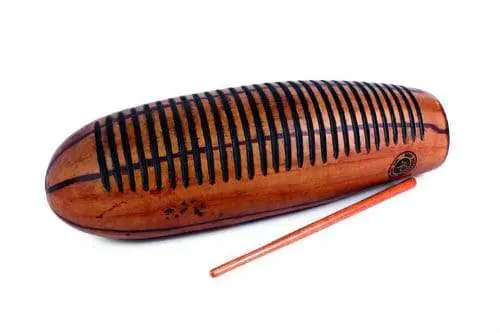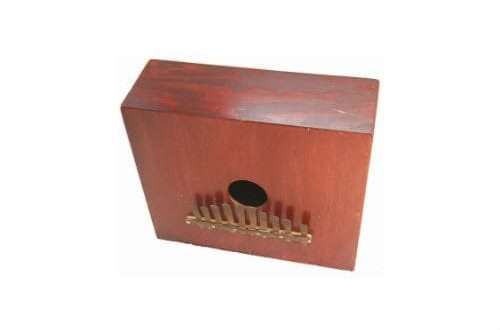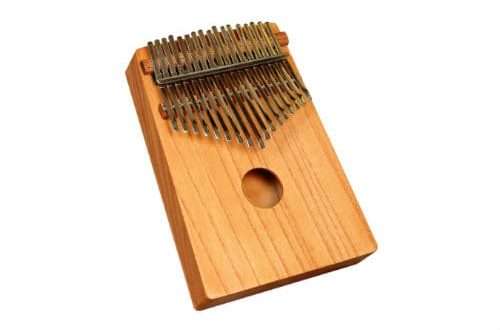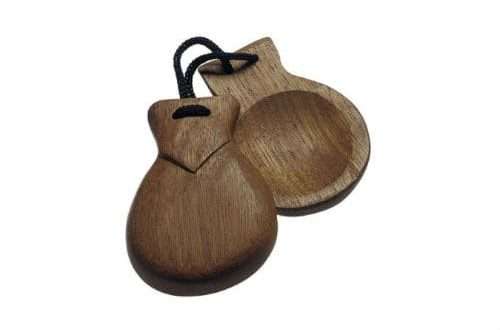
Guiro: description of the instrument, composition, history of origin, use
Guiro is a Latin American musical percussion instrument. Belongs to the class of idiophones. The name comes from the Arawakan languages that spread among Latin Americans in the Caribbean.
The local peoples called the calabash tree with the words “guira” and “iguero”. From the fruits of the tree, the first versions of the instrument were made, which received a similar name.
The body is usually made from a gourd. The insides are cut out in a circular motion along the smaller part of the fruit. Also, an ordinary gourd can be used as the basis for the body. The modern version can be wood or fiberglass.

The roots of the idiophone stretch from South America and Africa. The Aztecs made a similar percussion called the omitzekahastli. The body consisted of small bones, and the way of playing and sounding was reminiscent of a guiro. The Taino peoples invented the modern version of percussion, mixing the musical heritage of the Aztecs with the African.
Guiro is used in folk Latin American and Caribbean music. In Cuba, it is used in the danzón genre. The characteristic sound of the instrument also attracts classical composers. Stravinsky used the Latin idiophone in Le Sacre du printemps.





